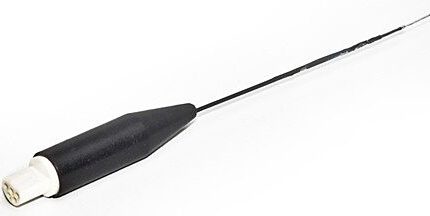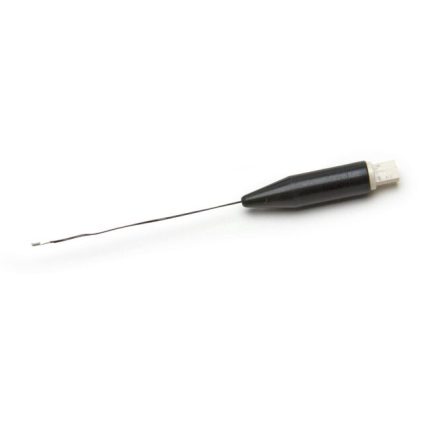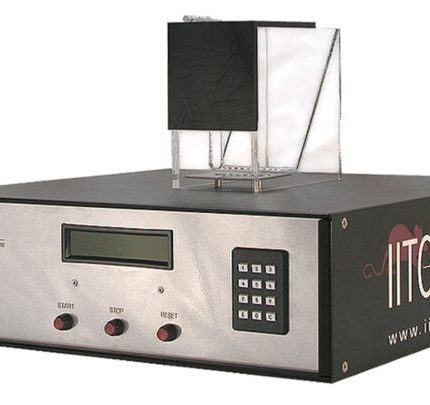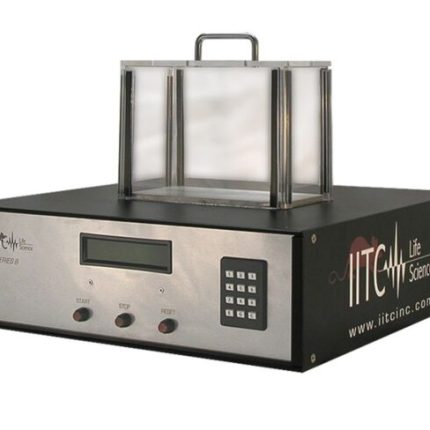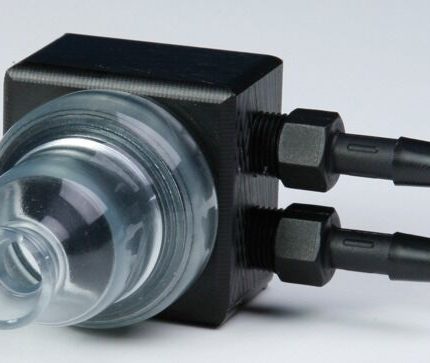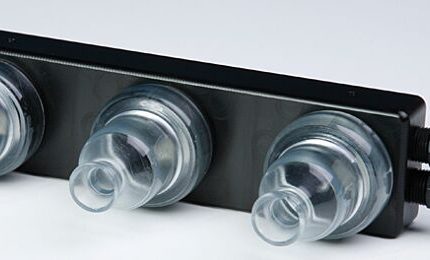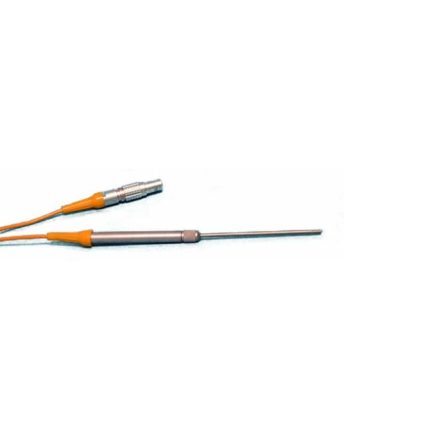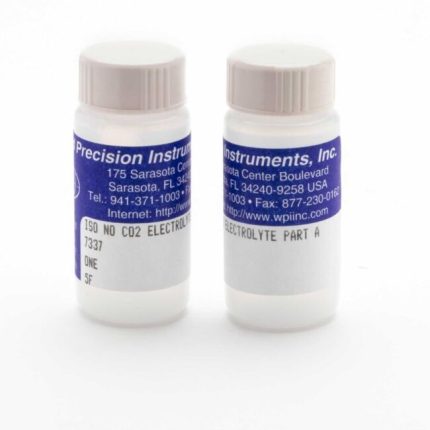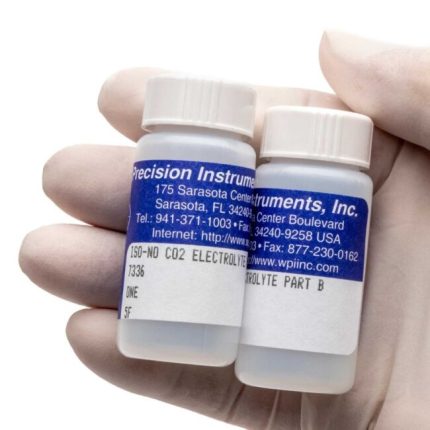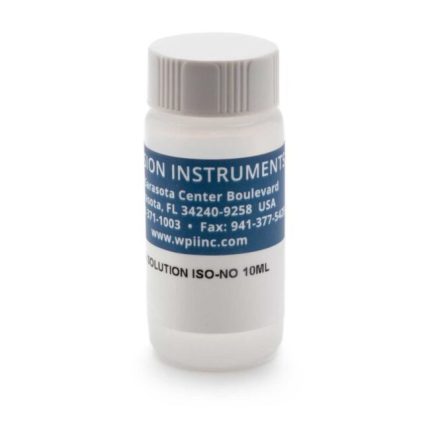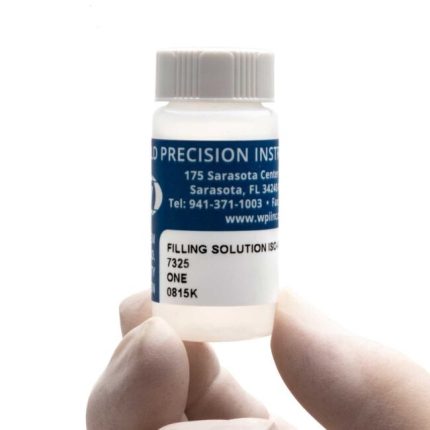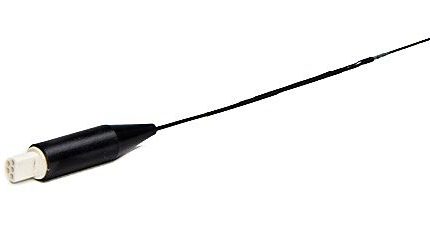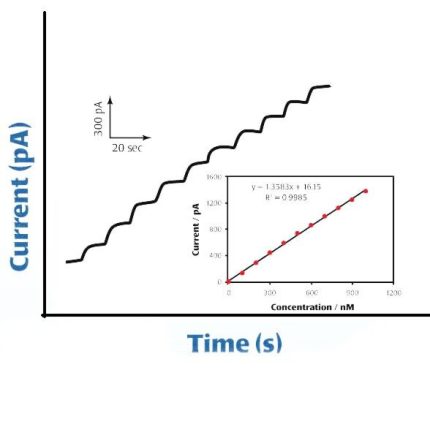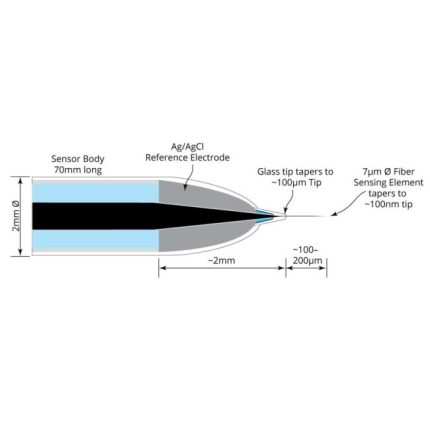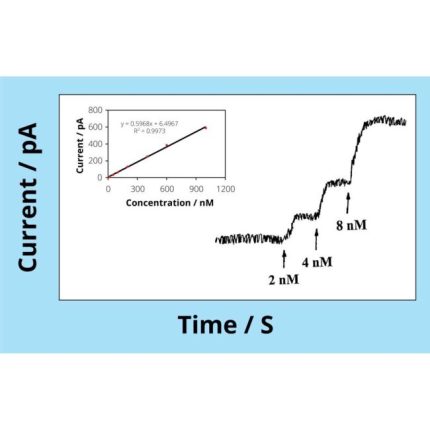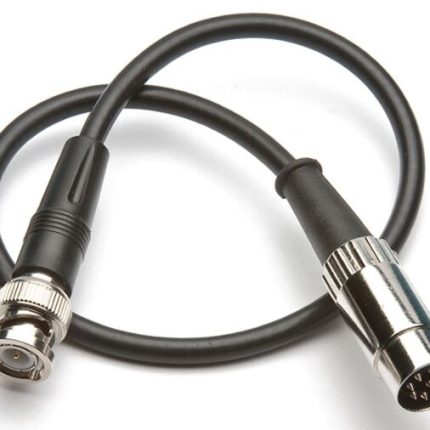HYDROGEN SULFIDE SENSOR
About Hydrogen Sulfide
Although hydrogen sulfide is generally thought of in terms of a poisonous gas, it is endogenously produced in many mammalian tissues. It has been detected in micromolar amounts in blood and brain tissue. Hydrogen sulfide is reported as having a broad range of biological functions and although its potential to participate in cell signaling is clear, this biological role is not well understood. Hydrogen sulfide is strongly anagolous to nitric oxide because they share several physical and metabolic properties.
Сatalog number:
IGS100
IGS100 IMPLANTABLE GLUCOSE SENSOR
Measuring glucose in vivo over the long term is challenging and difficult. Previous measurement systems were limited to acute studies or a few days at best. WPI introduces a new kind of implantable glucose sensor based on a patented technology. This sensor provides a tool for researchers to directly detect glucose in chronic studies in vitro or in vivo. The sensor is fully compatible with WPI’s TBR systems.
Сatalog number:
II-600MR
Incapacitance Meter for Mouse and Rat
Test pain and inflammation in small animal hind limbs
The Incapacitance Meter uses a technique called dual channel weight averaging, which tests both hind limbs. This gives you a clean, stress-free correlation of the paw pressure test. Conduct control and testing of the animal at the same time. Place the animal in the holder with its hind limbs resting on the two weight-averaging platform pads. The controller records the average weight (grams) over the test period as the animal shifts its weight from each pad.
Сatalog number:
II-PE34
Incremental Hot Cold Plate for Mouse & Rat
Latency and threshold-based nocicetption
This safe, humane device for rats and mice is used for latency and threshold-based nocicetption, ramping temperatures for 0-70˚C. Because this hot cold plate is incremental, it measures latencies of much more than just the strong narcotic agents, broadening dramatically the range of analgesia research with devices of this type. Microprocessor-controlled, the Incremental Hot Cold Plate can heat or cool in increments of 0.1˚C, at a rate of 1-10˚C per minute. With uniform heating and cooling and upper/lower cut-off limits, this device is predictable and safe. It can also function as a constant temperature plate with great stability (0.1˚C). As soon as a reaction is observed from the chosen paw, the unit reverses to the standby temperature.
Сatalog number:
EZ-10901-1
Integrated Imaging Single Breather Block
Сatalog number:
EZ-10901-3
Integrated Imaging Triple Breather Block
Сatalog number:
ISO-COP-2
ISO-COP-2 CARBON MONOXIDE SENSOR – 2MM
Carbon monoxide (CO) is a versatile mediator of physiological processes. Carbon monoxide (CO) formed by internal mechanisms (endogenous) is measured in a variety of ways, but standard measurement methods are of limited utility in most biological systems. WPI's ingenious ISO-COP-2 CO sensor measures CO in vivo or in vitro in real time!
ISO-NOPF Flexible Nitric Oxide Sensor
Analyzers, Amplifiers, Instruments/Platform, Free Radical Analyzers, Biosensors, Nitric Oxide Sensors
ISO-NOPF electrodes are available in 100 µm, 200 µm and 500 µm diameters. Utilizing the latest advances in nano-technology and material science, scientists at WPI’s Sensor Laboratory have created these completely flexible and virtually unbreakable NO sensors. The new sensors are based on a composite graphite NO-sensing element combined with a reference electrode. The surface of the sens
Сatalog number:
ISO-NOPNM
ISO-NOPNM NITRIC OXIDE SENSOR – 100NM
The ISO-NOPNM is based on a novel design in which an electrochemically "activated" composite graphite nanofiber is used as the NO-sensing element. The surface of the Nanosensor is then modified using a unique multi-layered NO-selective membrane. Figure at right illustrates the response of the ISO-NOPNM following successive additions of nanomolar concentrations of NO. The ultra-low noise of the ISO-NOPNM (0.5 pA) enables a detection limit of just 0.5 nM NO. The response time of ISO-NOPNM is less than 3 seconds.
Сatalog number:
300344

